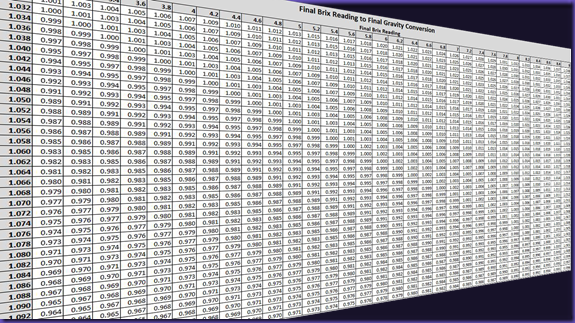I posted last month about our new refractometer, which we now use for measuring the density of our wort and beer instead of a hydrometer. The original blog post is here if you want to have a read.
This post is just an update, to explain our “doh!” moment when trying to use the refractometer to read the final gravity of one of our Boddingtons beers.
To cut a long story short, the final gravity was reading high. Really high. Like the fermentation had stopped halfway through. Our original gravity was 1.036 and the refractometer was telling us that the final gravity was 1.024. That’s only half fermented: we’d expect about 1.012.
After a bit of trawling the forums the penny dropped. A refractometer does not measure the sugar content, it measures the refractive index. The refractive index happens to be altered by the sugar content, but it is also altered by the amount of alcohol present. So you can’t use a refractometer to measure gravity once fermentation has started – any alcohol present will affect the reading. Doh.
Well actually, not doh, because maths comes to the rescue. This formula to be precise:
SG=1.001843-0.002318474(OB)-0.000007775(OB^2)-0.000000034(OB^3)+0.00574(AB) +0.00003344(AB^2)+0.000000086(AB^3)
SG = Specific Gravity, OB = Original Brix, AB = Actual Brix (Brix Readings During Fermentation)
This works out the correct gravity, given the actual reading and also the original gravity (which will determine how much alcohol is therefore present).
We’ve created some tables to do the correction now (see image below!) and I’ve also updated our recipe spreadsheet to calculate the correction. So you can sleep soundly, dear readers, without worrying about our half-fermented beers.
